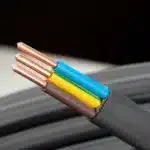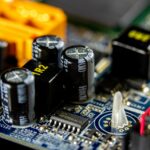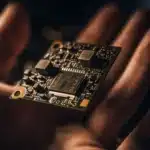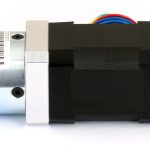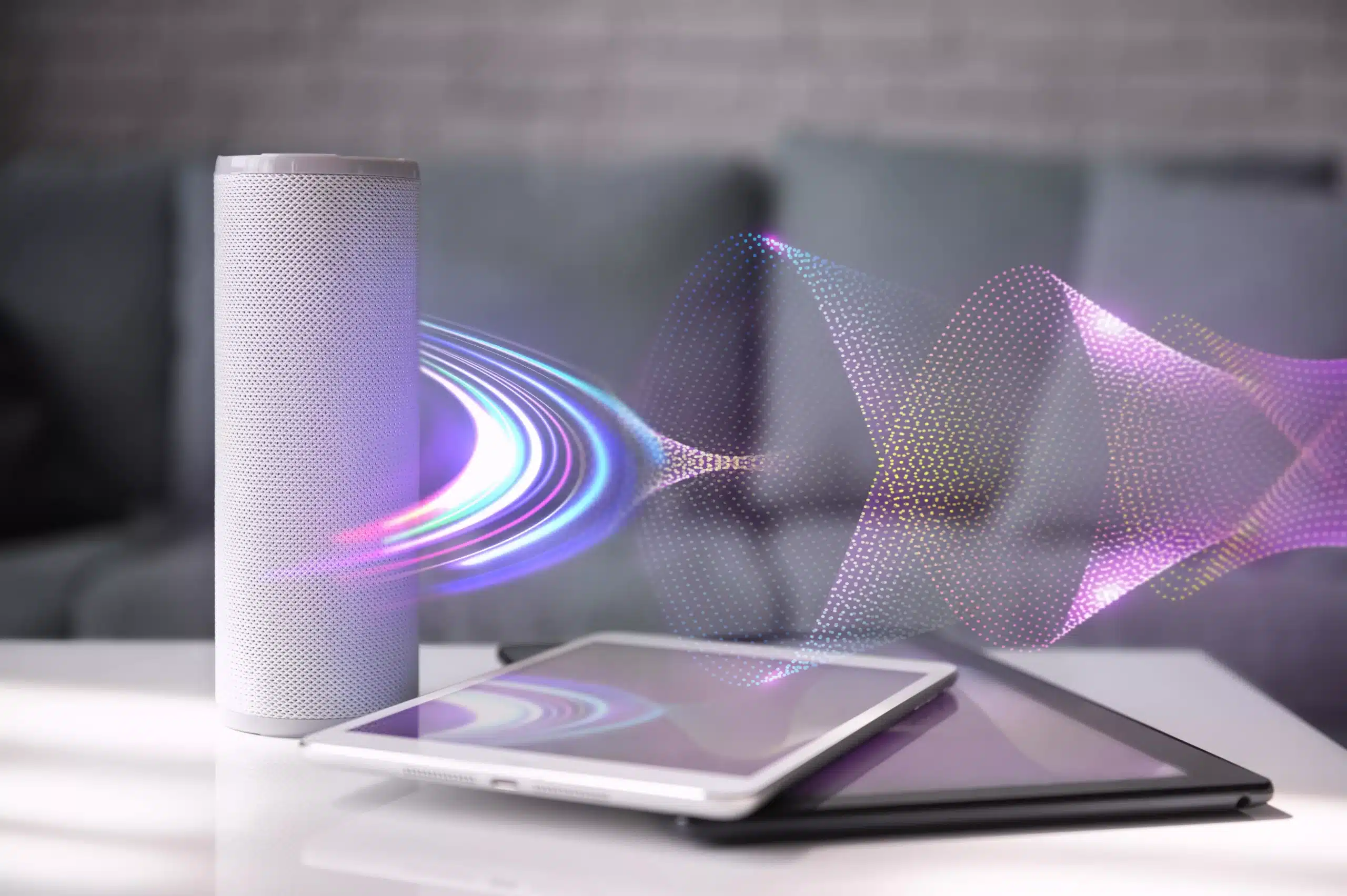
Introduction
Due to the increasing prevalence of portable electronic devices, energy efficiency has become a paramount concern. Users of smartphones, laptops, tablets, and wearables expect their devices to deliver high performance without constantly needing to recharge. To meet these demands, the integration of artificial intelligence (AI) has emerged as a game-changer. This article discusses how AI-driven solutions are revolutionising energy efficiency in portable devices, exploring their benefits and critical roles.
The Growing Demand for Energy Efficiency in Portable Devices
As power-efficient portable devices have become ubiquitous in our daily lives, their energy consumption has risen significantly. These devices often face issues such as limited battery life. Users often carry bulky power banks to ensure their devices stay operational throughout the day. Traditional approaches to improving energy efficiency through hardware enhancements have their limits, putting immense pressure on device manufacturers to innovate–this is where AI comes into play.
AI-driven Energy Efficiency is Beneficial in Many Ways
The adoption of AI-driven solutions for energy efficiency in portable devices offers several compelling benefits, including:
- Extended Battery Life: The prominent advantage of adopting AI-driven solutions in power-efficient portable devices is the extension of their battery life. Users can enjoy longer usage between charges, reducing the inconvenience of frequent recharging and enhancing the device’s overall usability.
- Enhanced User Experience: AI-driven solutions improve the user experience by allowing them to enjoy smoother multitasking, faster app launches, and better overall responsiveness, even as energy consumption decreases.
- Reduced Environmental Impact: AI-driven solutions facilitate a more sustainable future by extending the lifespan of portable devices through predictive battery management and reducing energy consumption. A power-efficient portable device ends up in fewer landfills, and the overall carbon footprint of the electronics industry is reduced.
- Cost Savings: Efficient power management not only benefits the environment but also users’ wallets. Reduced energy consumption contributes to lower electricity bills and, in some cases, lower device costs, as smaller batteries can be used without compromising performance.
Harnessing AI for Energy Efficiency: Exploring Real-World Applications
Artificial intelligence has ushered in long-term solutions in energy-efficient portable devices, extending their battery life and enhancing the overall user experience by intelligently managing power consumption. Here are some critical ways AI-driven solutions contribute to energy efficiency:
Dynamic Power Management
AI algorithms enable dynamic power management, where a device adapts its power consumption in real time based on usage patterns. By analysing user behaviour and application requirements, AI can optimise power usage by adjusting CPU clock speeds, screen brightness, and other hardware settings. This approach minimises energy wastage during periods of inactivity or when less processing power is needed.
Predictive Battery Management in Power-Efficient Portable Devices
Predictive battery management is another innovative AI-driven solution for portable devices. By continuously monitoring the battery’s health and the user’s usage patterns, AI can predict the likelihood of the battery’s failure and allow users to take proactive measures to extend the device’s lifespan.
Adaptive Display Technology
The display is a major energy consumer in portable devices. AI-powered adaptive display technology adjusts the screen’s brightness, resolution, and refresh rate in real time based on content and ambient lighting conditions. This not only enhances user experience but also conserves energy by reducing unnecessary power consumption.
Smart Charging
AI can optimise the charging process by analysing factors like battery health, temperature, and usage patterns. Smart charging algorithms adjust the charging rate to prevent overcharging and overheating, ensuring the battery’s longevity. Additionally, AI can schedule charging during off-peak hours when electricity rates are lower, saving energy and money.
Examples of AI-driven Hardware Innovations
Besides AI’s software and algorithms, it also drives hardware innovations to enhance energy efficiency in portable devices, including:
- AI Coprocessors – Dedicated AI coprocessors or accelerators integrated into devices can offload AI-related tasks from the main CPU, reducing energy consumption during AI-driven operations.
- Neuromorphic Chips – Neuromorphic chips, inspired by the human brain, are designed to perform AI computations efficiently while consuming minimal power. These chips are increasingly being used in portable devices to enhance AI capabilities without sacrificing energy efficiency.
Implementing Artificial Intelligence in Power-Efficient Portable Devices
Integrating AI into portable devices has been made possible by advancements in hardware and software. Here are some critical components of implementing AI-driven solutions for energy efficiency:
Specialised AI Hardware For Power-Efficient Portable Devices
Modern portable devices often come equipped with specialised AI hardware that efficiently performs AI computations with minimal power consumption, enabling on-device AI tasks without draining the battery.
Machine Learning Models
To make intelligent decisions about power management, AI-driven portable devices rely on machine learning models – trained on extensive datasets to recognise usage patterns and user behaviour. Over time, they become more accurate in predicting when and how to adjust power settings for optimal energy efficiency.
Real-time Data Collection In Power-Efficient Portable Devices
Sensors and data collection mechanisms are essential for providing AI algorithms with real-time information about the device’s environment and user interactions. Sensors like accelerometers, ambient light sensors, and temperature sensors play a significant role in collecting relevant data for AI-driven decisions.
Firmware and Software Integration
Manufacturers work closely with AI software developers to integrate energy-efficient AI algorithms into the device’s firmware and operating system. This integration ensures that AI-driven features seamlessly enhance energy efficiency without compromising the device’s overall performance.
Final Thoughts and Future Iterations
AI-driven solutions are transforming the energy efficiency landscape for portable devices. By harnessing the power of AI to optimise power management, extend battery life, and enhance user experiences, manufacturers can meet the growing demands of consumers while contributing to a more sustainable and cost-effective future. With ongoing advancements in AI and the dedication of device manufacturers to energy efficiency, it is expected to witness a future where users worry less about finding power outlets and enjoy the seamless capabilities of power-efficient portable devices.






